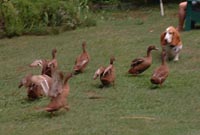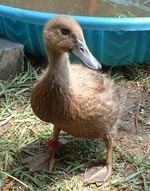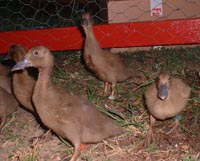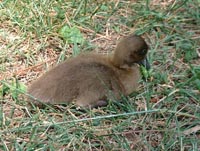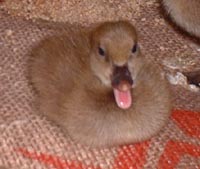On a trip to Pennsylvania in late June I bought the finishing touch for our duck pen: a hex sign. It bears an eight-point star and rosette, for fertility, surrounded by raindrops. The fertility wishes, needless to say, are for the ducks. The rain is for all of us, and dear lord do we need it.
Almost as I crossed the state line into North Carolina with my new totem, a light drizzle began to fall. Bythe time I reached home it was raining, the first real rain in more than a month. Rain fell on six of the next seven days.
Coincidence? Well, yes, probably. But I have taken no less delight in trumpeting my Pennsylvania Dutch heritage and the value of a few good superstitions.
